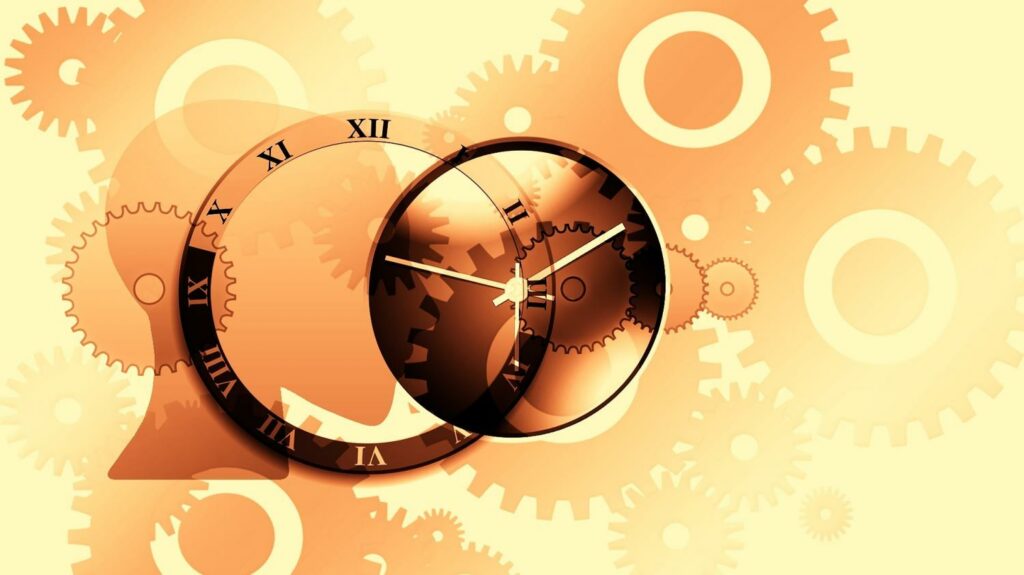Indian Scientific Music: Time Theory of Music – Part 1 – Score Short Reads
Ragas as we have seen previously to be these wonderful scales using the 7 musical notes have the capability of bringing in a specific mood or emotion which we know as Rasa & Bhava
Apart from this, it was seen that singing a certain type of Ragas with a certain set of notes during a specific time, enhances the effect of the Rasa-Bhava.
Let us first understand the time measurement of Ancient India.
Prahar – The Unit of Measurement of Time
Mechanical clocks were not invented until the start of the 14th Century. Hence, prior to this people used the measurement of Time by following the path of the Sun, in the form of Sun-dials, Water clocks, Sand Timers and Hourglasses
While the different equipment was to be used by the bureaucrats and the nobles of the society, the layman had a fairly simpler way of measuring time.
He used to method of following the Sun, the path of the sun and the colour of the sunlight to measure time. The day of 24 hours was divided into 8 parts of around 3 hours each. Each such part of 3 hours is called as a “Prahar”
The day starts as follows:
- Prahar 1: starting with sunrise going all the way up to the morning time. In modern time, around 0600 hrs to 0900 hrs. The Sun rays change from a dark red colour to a bright yellow colour.
- Prahar 2: Starts with the yellow sun and ends with the white bright sun in its true form. This can be timed from around 0900 hrs to 1200 hrs. The slang in Hindi of “Dopahar” basically means that “Do Prahar” has passed (2 Prahars have passed in the day and hence it is noon time now).
- Prahar 3: Starts with the bright white Sun in the sky now travelling to its west destination, the white slowly ends up being similar to the yellow light of the morning skies. This starts around 1200 hrs and ends at 1500 hrs.
- Prahar 4: The semi bright yellow Sun slowly starts to set in the west giving a feeling of the evening red sky. This is the final Prahar of the Day. At the end of this is when the night starts. We can say the timing to be from around 1500 hrs to 1800 hrs.
- Prahar 5: The sun has finally set and the Red skies have slowly started to turn dark. The moon now is starting to show up to be brighter. This is the 5th Prahar. Timing of around 1800 hrs to 2100 hrs.
- Prahar 6: There is no sign of the Sun anymore. The moon now shines brightly and the night watchman rings the Gong (Ghadiyal) to emphasise on the advent of complete darkness. This is around 2100 hrs to the hour of the moon – Midnight 0000 hrs.
- Prahar 7: Only the watchmen are the ones awake at this hour guarding the locals. Predators are now out to hunt and the moon is the only source of light. Timing 0000 hrs to 0300 hrs.
- Prahar 8: The moon now slowly is starting to lose its prominence as the Sun is ready to rise again to give the world its rays with hope. The redness of the sky slowly returns as the Sun starts to show up at the horizon. The night-watchman rings his final gong to signify the rise of the Sun and the end of his shift.
It is to be noted that the twilights also Called as the Sandhiprakash is one of the most important concepts in the Time theory.
The next article will discuss the notes and the ragas that fit in the specific Prahars. Happy Reading Folks!!








